The concept of career guidance is often neglected in educational institutions. Mwenya recalls only a few instances where her career guidance teacher visited her high school classroom, during the first day of orientation in tenth grade and when her class underperformed in math mock exams in twelfth grade.
During the first visit, Mwenya shared her dream of pursuing a career in space science, particularly astrophysics, which she taught herself through astronomy books available in the school library. She enjoyed studying and sharing her knowledge with other curious minds. Unfortunately, when Mwenya shared her aspirations, her guidance teacher and some classmates ridiculed her and dismissed her dreams as impossible to achieve in their environment. The teacher suggested that she pursue a career more suitable for their country.

On the second occasion, Mwenya’s class performed poorly in their mathematics mock exam during their final year of high school. The ensuing conversation was harsh and centered around the students’ limited prospects for getting into top educational institutions in the country with such poor grades. Their dreams of becoming doctors, accountants, lawyers, etc. were all but impossible if they did not improve and work harder for their final exams only a month away.
On both occasions, Mwenya left the classroom feeling discouraged. The first time had caused her to change the trajectory of her life entirely, as she had dreamed of working in the space science industry since she was five years old. The second time, her chances of becoming a neurosurgeon, which was her newfound passion after reading Ben Carson’s books, were becoming increasingly unlikely. While her high school did occasionally organize career talks, Mwenya only recalls two instances during her five-year stay. The school’s location and lack of resources were undoubtedly factors in this.
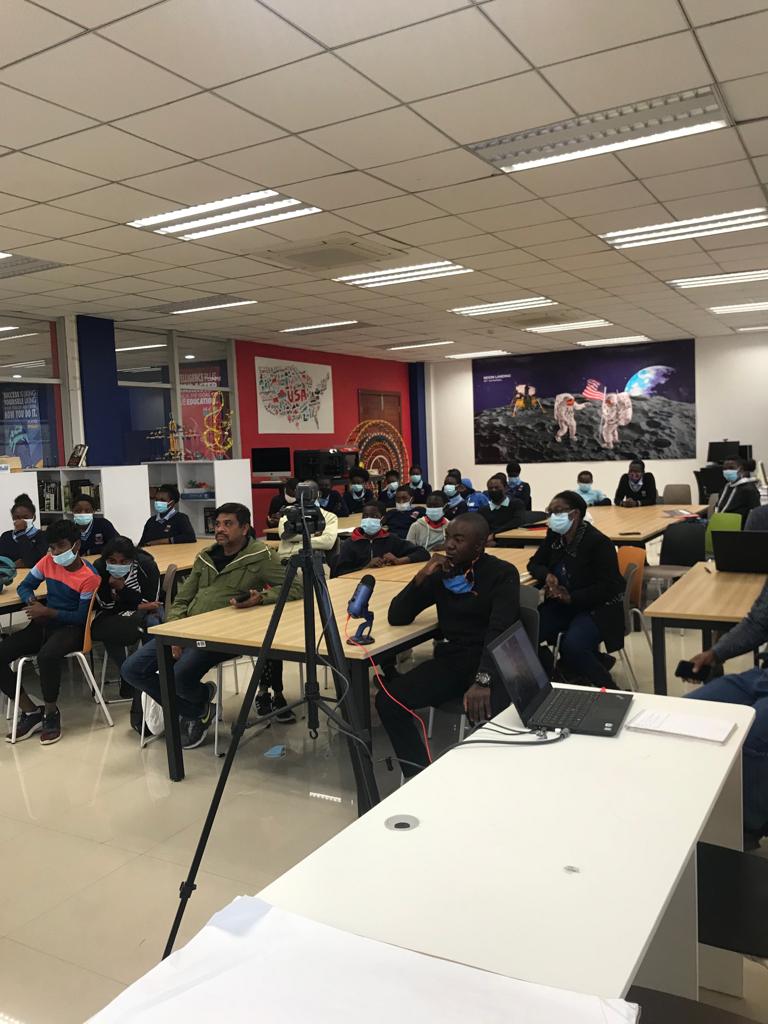
Career guidance is an essential component of any educational institution as it helps individuals discover and cultivate their interests and talents. Regardless of the circumstances, it should never be abandoned. For instance, in Mwenya’s case, the guidance teacher should have offered encouragement and guidance, rather than dismissing her dreams outright. By fostering a growth mindset and encouraging resilience, students can be better equipped to face future challenges.
Unfortunately, many educational institutions lack the resources to invest in career guidance, leaving many students without the necessary support to pursue their aspirations. However, this should not be an excuse to give up on career guidance. Instead, we should collectively work together to find innovative solutions that can help students explore their potential and pursue their passions. Ultimately, the world is full of possibilities, and it’s crucial that we provide our youth with the guidance and resources they need to reach their full potential. By doing so, we can create a brighter future for all.

To this effect, on July 8, 2022, the Paideia Project in collaboration with Space Generation Advisory Council (SGAC) Zambia and the United States Embassy Zambia through the American Spaces organised a career guidance session with the pupils at Jacaranda Primary and Secondary (Combined) School in Lusaka. This program was titled: Meet a NASA Astronaut during which Dr. Michael Barratt shared a presentation about his journey in the space science industry. We were fortunate to be joined by Astronaut Captain Victor Glover as well right before he left for his “space walk” at NASA Neutral buoyance Laboratory.
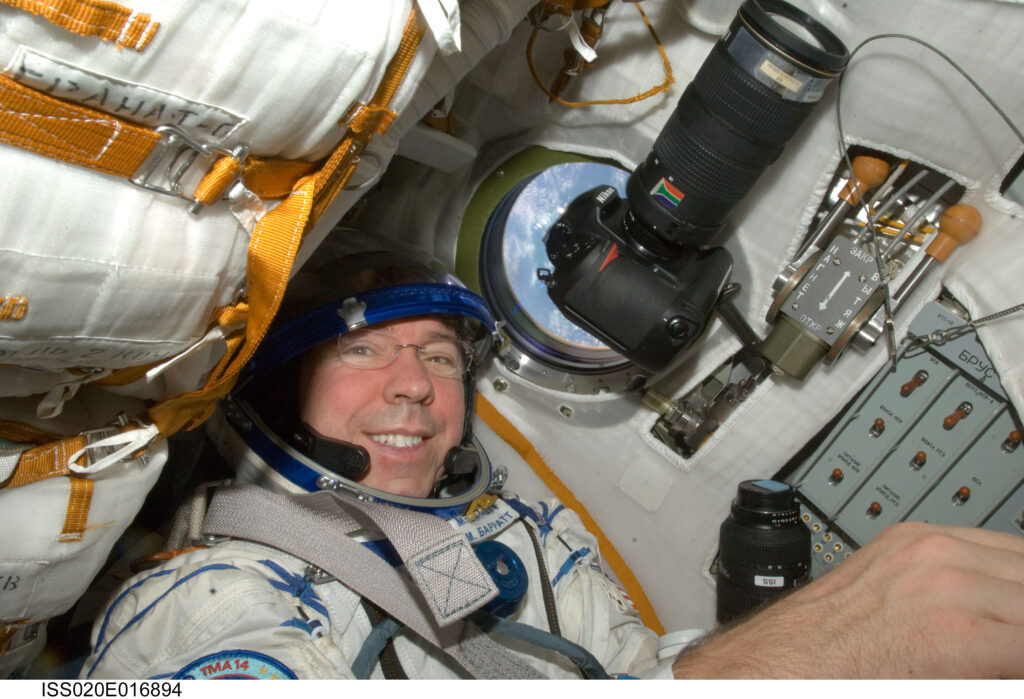
Specializing in internal and aerospace medicine, Astronaut Dr. Michael R. Barratt has two spaceflights to his name with 199 days in space over a single mission. He continues to use his experience over the years in the advancements of aerospace medicine. He has been extensively involved in medical and human factors applications for new space vehicles in the Commercial Crew and Artemis Programs, including space medical risks and research efforts. PLEASE WATCH MIKE’S PRESENTATION ABOUT HIS EXPERIENCES WITH NASA, CAREERS IN SPACE SCIENCE AND THE Q&A FROM OUR IN-PERSON AND ONLINE AUDIENCE DURING OUR CAREER GUIDANCE EVENT BELOW:
Special thanks to: Astronauts Micheal Barratt and Victor Glover, John Stephen and Kimberly Nahas from Johnson Space Center Astronaut Appearance Office, Paul Gordon, Austin Ngoma and Justine Mulenga from the US Embassy Zambia, Chisengo and Nicolas Musakanya for the graphic design behind the event’s official poster, the pupils and teachers present from Jacaranda Combined School, and the space science community that made it in-person and the online audience as well, and finally my mom for her never ending support.
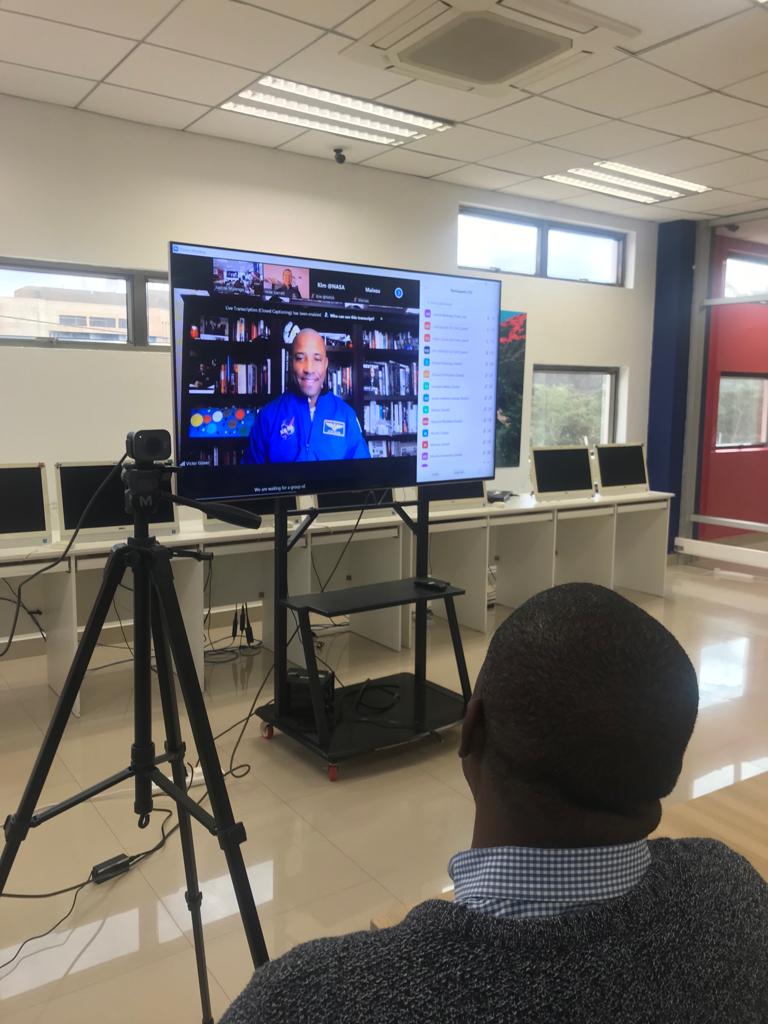
Dedication: To my late father, Constantine Malama Mwamba. My biggest space science cheerleader.
May your minds always remain curious! – Mwenya Mwamba
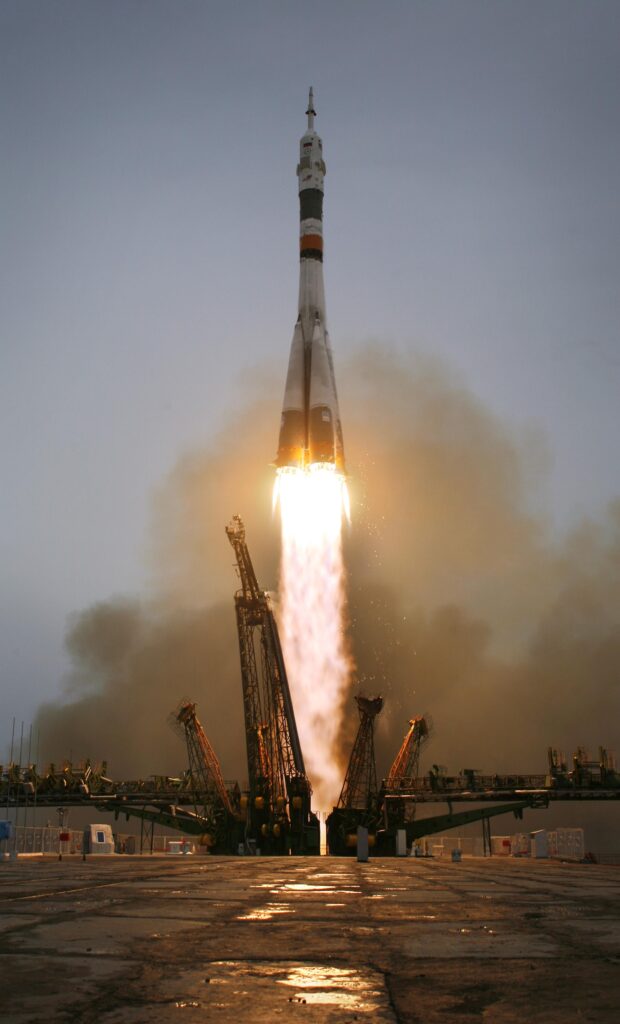
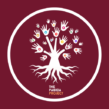
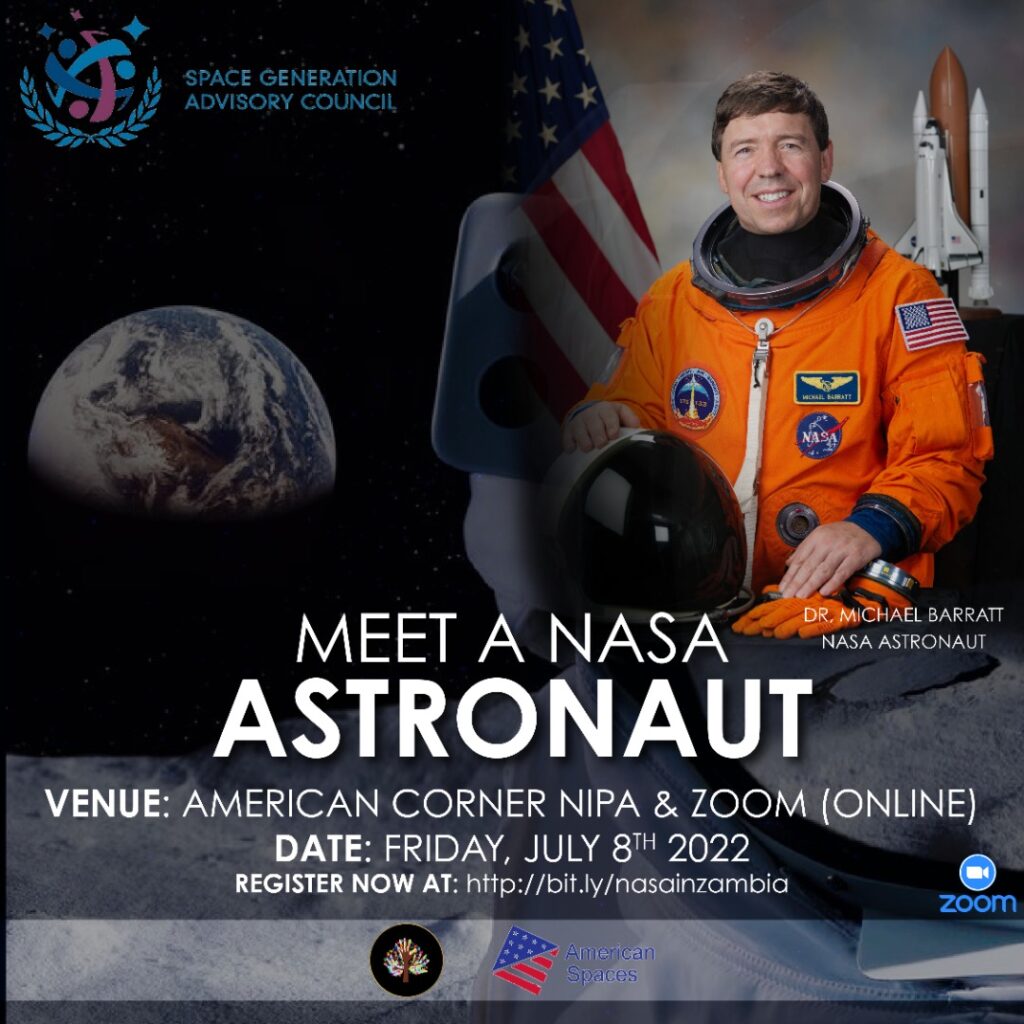
In this was an honour to work on this project, I love and support the goal of this and i hope i can do more…. Nic
Looking forward to more collaborations as well. Thank You once again! – Mwenya